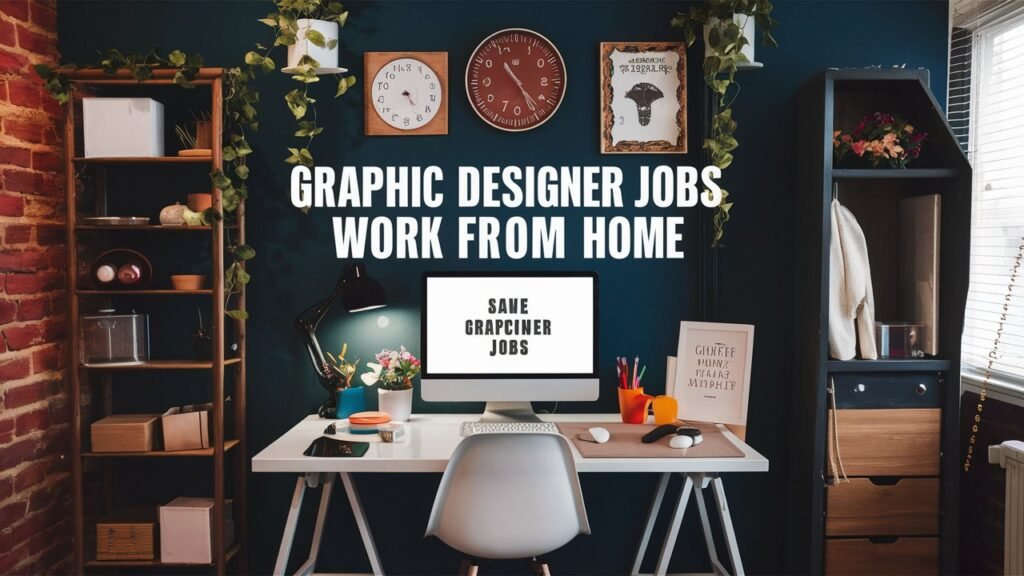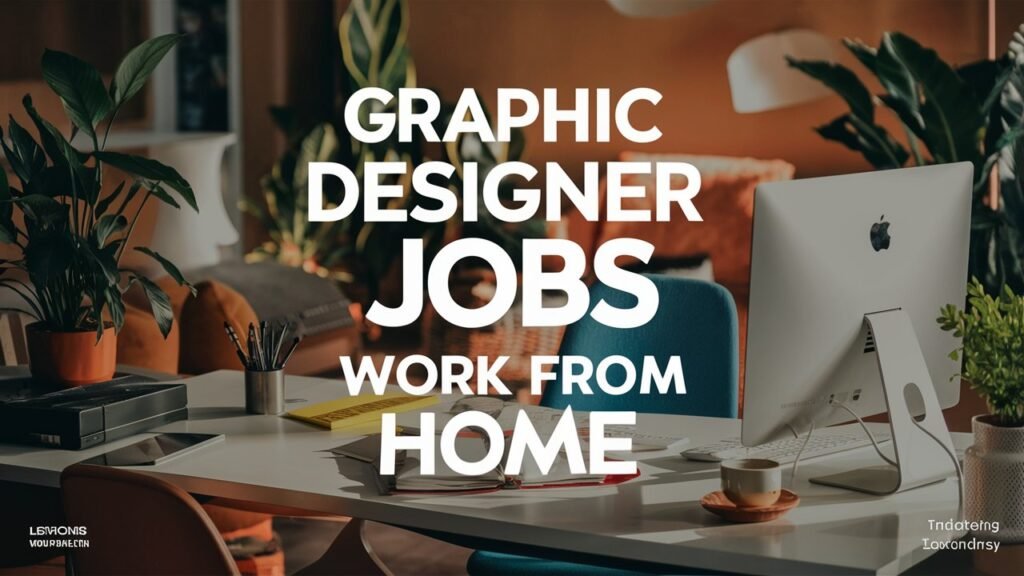In the rapidly evolving digital era, the concept of traditional office work is being redefined. Among the professions adapting seamlessly to this shift are graphic designers. The ability for graphic designers to work from home has transformed not only their workflow but also their creativity and productivity. This blog post explores the various facets of this new working model, its benefits, challenges, and tips to thrive as a home-based graphic designer.

The Rise of Remote Work for Graphic Designers
With the advent of advanced technology and reliable internet connections, remote work has become more accessible and widespread. The COVID-19 pandemic acted as a catalyst, pushing many industries to embrace work-from-home setups. Graphic designers, with their digital-centric work, found themselves perfectly positioned to transition smoothly into remote work.
The flexibility of being able to work from home has offered graphic designers unprecedented freedom. No longer tethered to a physical office, designers can now work from virtually anywhere, be it a cozy corner of their home, a bustling café, or even a serene beachside resort. This flexibility not only boosts creativity but also enables a better work-life balance, leading to enhanced job satisfaction.
Benefits of Working from Home for Graphic Designers
- Increased Productivity and Creativity
One of the most significant advantages for graphic designers working from home is the ability to create a personalized work environment. This control over their workspace can lead to increased productivity and a surge in creativity. Without the typical office distractions, designers can focus more intently on their projects, producing higher quality work in less time.
- Flexible Work Schedule
The traditional 9-to-5 workday can be restrictive for many creative professionals. Graphic designers often experience bursts of creativity at unconventional hours. Working from home allows them to leverage these creative peaks, working when they feel most inspired, whether that’s early in the morning or late at night. This flexibility can lead to more innovative and original designs.
- Cost Savings
Commuting to an office can be time-consuming and costly. By working from home, graphic designers can save money on transportation, meals, and work attire. Additionally, the time saved from commuting can be reinvested into productive work or personal activities, contributing to a better quality of life.
- Global Opportunities
The shift to remote work has opened up a world of opportunities for graphic designers. No longer limited by geographical boundaries, designers can now collaborate with clients and companies from around the globe. This global reach not only broadens their professional network but also allows them to take on diverse projects, enriching their portfolio and experience.
Challenges of Working from Home
While the benefits are numerous, graphic designers working from home also face certain challenges. Understanding these challenges is the first step towards mitigating them effectively.
- Isolation and Loneliness
Working from home can be isolating. The lack of social interaction with colleagues can lead to feelings of loneliness, which may impact mental well-being and creativity. To combat this, designers can engage in virtual meetups, join online communities, or co-work in shared spaces occasionally.
- Distractions at Home
Home environments can be full of distractions, from household chores to family members. Creating a dedicated workspace and setting boundaries can help minimize these distractions. Using productivity tools and techniques, such as the Pomodoro Technique, can also aid in maintaining focus.
- Work-Life Balance
The line between work and personal life can blur when working from home. It’s essential for graphic designers to establish a clear boundary between work hours and personal time. Having a set schedule, taking regular breaks, and ensuring they have time for hobbies and relaxation can help maintain a healthy work-life balance.
Tips for Thriving as a Home-Based Graphic Designer
- Set Up a Creative Workspace
Your workspace should inspire creativity and productivity. Invest in a comfortable chair, a good desk, and the necessary tools and equipment. Personalize your space with art, plants, or anything that sparks your creativity. A well-organized and aesthetically pleasing workspace can significantly enhance your work efficiency.
- Stick to a Routine
Having a consistent routine can help you stay disciplined and productive. Start your day at a regular time, take scheduled breaks, and end your workday at a set hour. This structure can help you maintain a balance between work and personal life, preventing burnout.
- Stay Connected
Maintain regular communication with your clients and colleagues. Use tools like Slack, Zoom, or Microsoft Teams to stay in touch and collaborate effectively. Regular check-ins can help you stay aligned with project goals and foster a sense of teamwork, even when working remotely.
- Invest in Continuous Learning
The field of graphic design is constantly evolving. Invest time in learning new skills and keeping up with industry trends. Online courses, webinars, and tutorials can help you stay ahead of the curve and enhance your design skills.
- Network Actively
Networking is crucial for freelance graphic designers. Join online design communities, attend virtual conferences, and participate in social media groups related to graphic design. Building a strong network can lead to new opportunities and collaborations.
Tools and Software for Remote Graphic Designers
To thrive as a graphic designer working from home, leveraging the right tools and software is essential. Here are some must-have tools for remote graphic designers:
- Graphic Design Software
Tools like Adobe Creative Suite (Photoshop, Illustrator, InDesign) are industry standards for graphic design. Other alternatives include CorelDRAW, Affinity Designer, and Sketch.
- Project Management Tools
Tools like Trello, Asana, and Monday.com help you organize your projects, track progress, and collaborate with clients and team members efficiently.
- Communication Tools
Slack, Zoom, and Microsoft Teams are excellent for maintaining regular communication with clients and colleagues, ensuring smooth collaboration and project management.
- Time Management Tools
Tools like Toggl and Harvest help you track your time effectively, ensuring you meet deadlines and manage your workload efficiently.
- Cloud Storage
Services like Google Drive, Dropbox, and OneDrive are essential for storing your work, sharing files with clients, and ensuring you have access to your work from anywhere.
Conclusion
The ability for graphic designers to work from home has revolutionized the way they operate, offering numerous benefits such as increased flexibility, cost savings, and access to global opportunities. While there are challenges, with the right strategies and tools, graphic designers can thrive in a home-based work environment. Embracing this new norm not only enhances their professional life but also allows for a more balanced and fulfilling personal life. As the world continues to embrace remote work, the future looks bright for graphic designers working from home.

